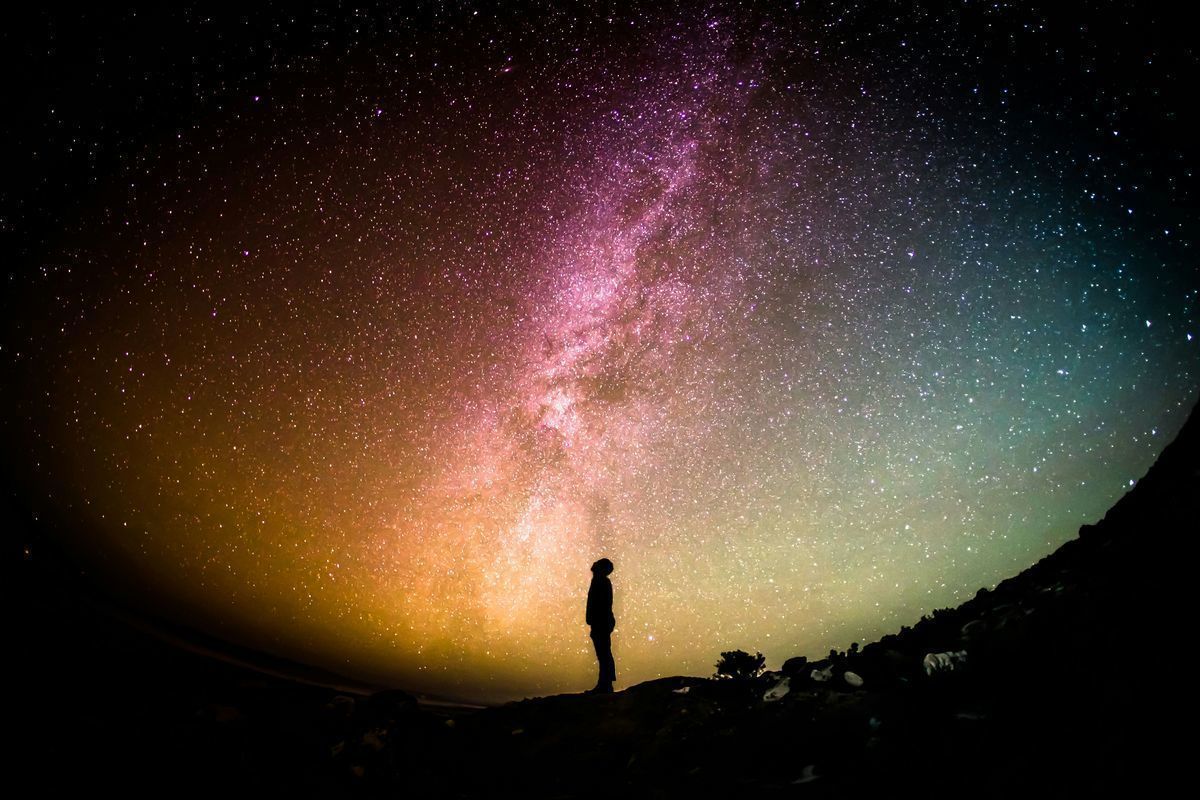Astronomers have discovered the “cocktail ingredients” for habitable worlds: burning acid
[ad_1]

Astronomers using the James Webb Space Telescope have discovered common chemical ingredients found in vinegar, ant bites and even margaritas around two young stars, NASA reports.
The complex organic molecules that astronomers observed using the space observatory’s mid-infrared instrument included acetic acid, a component of vinegar, and ethanol, otherwise known as alcohol.
The team also found simple molecules of formic acid, which causes the burning sensation associated with ant bites, as well as sulfur dioxide, methane and formaldehyde, CNN reported. Scientists believe that sulfur compounds such as sulfur dioxide may have played a key role on the early Earth, ultimately paving the way for the formation of life.
The newly discovered molecules were discovered as icy compounds surrounding IRAS 2A and IRAS 23385, which are two protostars, or stars so young that they have not yet formed planets. Stars form from swirling clouds of gas and dust, and the material left over from star formation gives rise to planets.
According to previous studies, the protostar IRAS 23385 is located 15,981 light years from Earth in the Milky Way, CNN notes.
The new observation intrigues astronomers because the molecules found around stars could be critical ingredients for potentially habitable worlds, and those ingredients could be included in the planets that are likely to eventually form around stars.
Space is full of heavy metals, chemical elements and compounds that were created and released by stellar explosions over time. In turn, the chemical elements are incorporated into clouds that form the next generation of stars and planets.
On Earth, the right combination of elements allowed life to form, and as the famous astronomer Carl Sagan once said, “We are made of star stuff.” But astronomers have long wondered how common the elements needed for life are in space.
Previously, scientists using the Webb telescope discovered types of ice composed of different elements in a cold, dark molecular cloud, an interstellar collection of gas and dust where molecules of hydrogen and carbon monoxide can form. Dense clusters within these clouds can collapse to form protostars.
The discovery of complex organic molecules in space helps astronomers determine the origins of these molecules, as well as other larger cosmic molecules.
Scientists believe complex organic molecules form through the sublimation of ice in space, or the process where a solid turns into a gas without first turning into a liquid, and Webb’s new discovery supports this theory.
“This discovery contributes to solving a long-standing question in astrochemistry,” said Will Rocha, leader of the James Webb Young Protostar Observation Group and a postdoctoral fellow at Leiden University in the Netherlands, in a statement. – What is the origin of complex organic molecules, or COMs, in space? Do they form in the gas phase or in ice? The discovery of COMs in ice suggests that solid-phase chemical reactions on the surface of cold dust particles may lead to the formation of complex species of molecules.”
The study, detailing new data on protostars, has been accepted for publication in the journal Astronomy & Astrophysics.
Understanding the shapes that complex organic molecules take can help astronomers better understand the ways in which molecules are built into planets. As CNN explains, complex organic molecules trapped in cold ice could eventually become part of comets or asteroids that collide with planets and, in essence, deliver ingredients that could support life.
Chemicals found around protostars may reflect the early history of our solar system, allowing astronomers to look back at what was present when the Sun and the planets orbiting it, including Earth, formed.
“All of these molecules could become part of comets and asteroids and, ultimately, new planetary systems when icy material is transported into the planet-forming disk as the protostellar system evolves,” says study co-author Ewein van Dischuck, professor of molecular astrophysics at Leiden University. “We look forward to tracing this astrochemical path step by step with more Webb data in the coming years.”
The team dedicated their findings to study co-author Harold Linnartz, who died unexpectedly in December shortly after the paper was accepted for publication.
Linnartz, who headed the Leiden Laboratory of Astrophysics and coordinated the measurements used in the study, was “a world leader in laboratory studies of gas and ice molecules in interstellar space,” Leiden University said in a press release.
He was reportedly excited about the data the Webb telescope was able to collect and what the results could mean for astrochemical research.
[ad_2]
Source link








